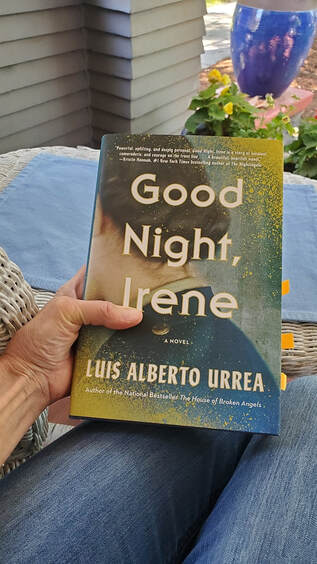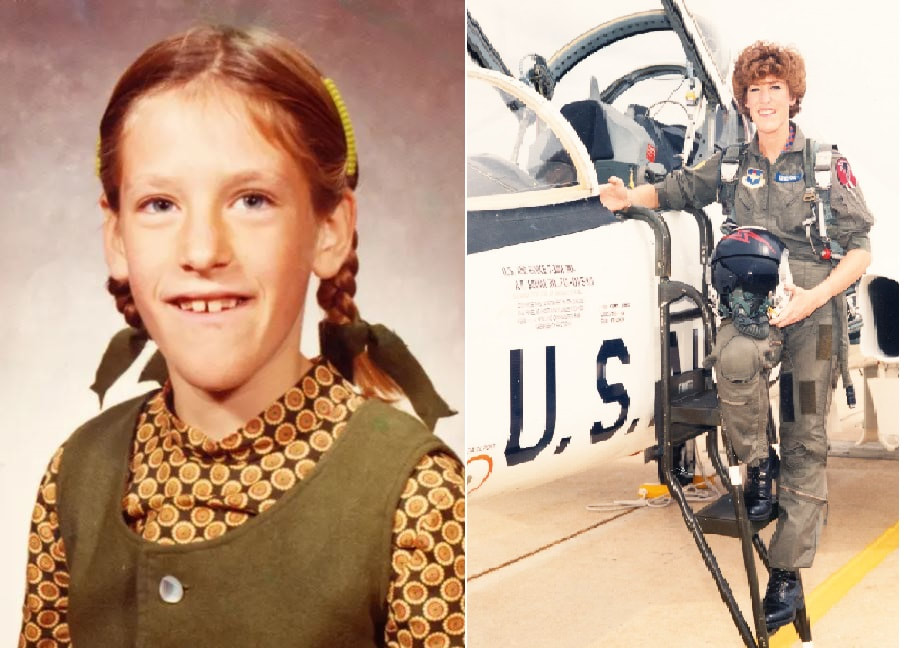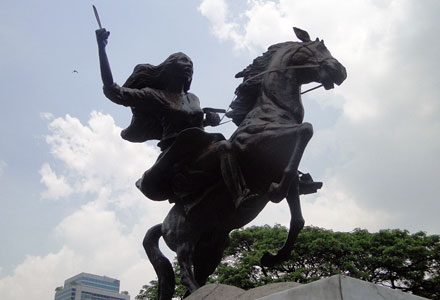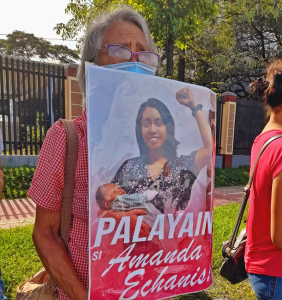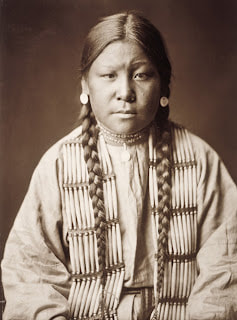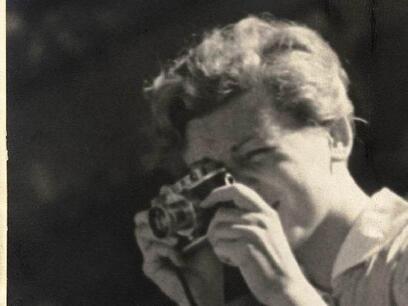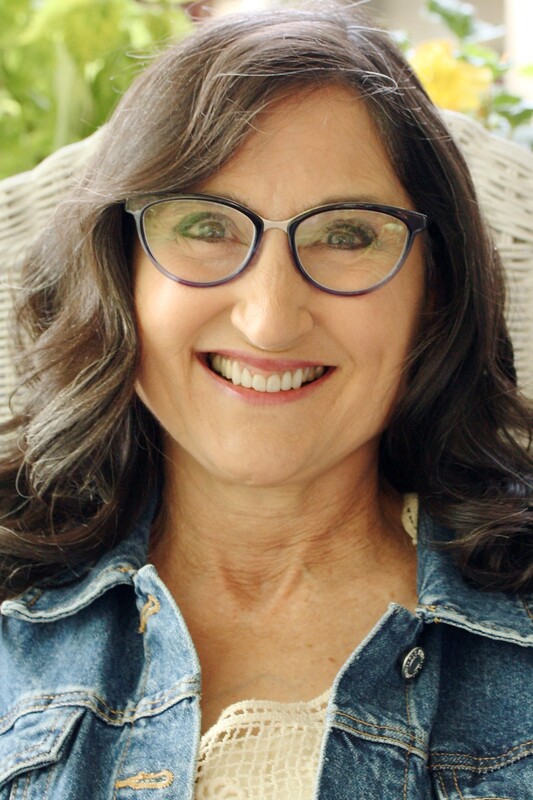|
I was thrilled to take part in a wonderful event! Pulitzer Prize finalist Luis Alberto Uurea came through Spokane, WA, on tour publicizing his newest book Good Night, Irene. Very soon after starting to read this novel, I wished that I had written it, or rather, written a nonfiction book about the Donut Dollies of World War II. These women served coffee, donuts and a slice of home to soldiers on the front lines of battle. I could not have written this book because Luis Alberto Uurea based it on the true-life experiences of his mother, Phyllis Irene McLaughlin, who traveled across Europe with Patton's army. It's a great adventure story of women's strength, friendship and sacrifice.
The fictional account follows closely the actual service route traveled by Phyllis and her Courage wears many different faces, as shown in the varied stories I've sent you, as well as in my books. This week, one woman's story moves a step beyond, showing how courage can lead to transformation. Patty Bear grew up in the Mennonite faith which holds pacificism as a foundational belief, but the cruel truth? Violence ruled her home and family. In retrospect, she called her father a "domestic terrorist" who abused her mother for years. But when he questioned Mennonite leaders and was excommunicated, the media portrayed him as the victim, a man shunned by his wife and children. Patty went from her sheltered, rural life where her father regarded her mother as property, like another animal on his farm, to becoming a pioneering woman pilot in the United States Air Force. That's transformation!
Patty agreed to tell her story for us this week. Patricia Bear: Soaring to Freedom Transformation is a lovely concept, but someone should warn us it won’t just change our circumstances, it will change who we are. And that will be a terrifying journey into the unknown. This should not surprise me, researching a woman from the 18th Century and discovering a strong parallel to a woman fighting the same battle today. The more I looked into this story, the more painful it became. But in the end, I found hope. This is one of my longer feature articles and I ask your patience as I wend my way through the story to reach "pag-ibig at pag-asa," Filipino for love and hope. Gabriela Silang, a young Filipina who lived in the northwestern seaboard of Luzon in the mid-1700s is most commonly portrayed wielding a bolo knife. There's little doubt Gabriela Salang was a fearless revolutionary against Spanish colonial rule, and her spirit continues to run in the blood of women today, who carry on the struggle for self-determination in the face of centuries of imperialism in the Philippines. That includes playwright and peasant organizer Amanda Echanis, arrested 13-months ago and imprisoned with her newborn baby, two of more than 600 political prisoners under the Rodrigo Duterte regime. Yes, that Custer, General George Armstrong Custer killed in the 1876 Battle of the Little Big Horn. We know the men, Sitting Bull and Crazy Horse, who whupped the general that day, but what of the women? The names and faces of the native women of the Great Plains are all but lost, erased from mainstream history. That's why the story of Buffalo Calf Road Woman is so important. It gives us a glimpse into the lives of native women at the height of the "Indian Wars," the US effort to subdue and corral the Plaines Tribes or annihilate them. There is no known photo of Buffalo Calf Road Woman. She may have looked similar to the unidentified Cheyenne woman in this photo, sometimes mistakenly identified as her. The Northern Cheyenne kept a vow of silence for more than "100 summers" until 2005, when a tribal elder stood up and told how Buffalo Calf Road Woman attacked Custer. One incident in the life
This week's feature story could be filed under tragic love stories. But I'm not focusing on the couple. This story is about the woman who is often stuck in a forgotten corner of history, hidden by the long shadow cast by her famous lover. Gerda Taro believed photographs could change the world. In the mid-1930s, she served as a midwife of sorts, helping birth the powerful force of modern photo journalism. Taro captured some of the most memorable images of the Spanish civil war, and was the first woman in history to take pictures in battle. Unfortunately, she was also the first to lose her life reporting in a war zone. Tragedy and mystery conspired to shroud Gerda Taro and her work, leaving photojournalism to move on without her. Below: Gerda Taro at work. The daring activism that carried Gerda to the battlefields of Spain ignited in Germany.
Gerda Pohorylle was born in 1910 to a Jewish family in Stuttgart. She came of age with the rising fascist National Socialists German Workers Party, (Nationalsozialistische Deutsche Arbeiterpartei abbreviated Nazi) and joined the opposition. In 1933, while passing out pamphlets at an anti-Nazi protest, Gerda was arrested and detained. Hitler became chancellor shortly after, and 23-year-old Gerda fled to Paris for safety. Amid a a flood of refugees fleeing fascism, Gerda struggled to find work in Paris, but eventually got a job at Alliance Photo Agency. Hanging out with other young newcomers to Paris, she met Endré Friedmann, a Hungarian refugee trying to make a living as a photographer. The two fell in love and developed a remarkable working relationship. Gerda advised Endré on aspects of business and wrote captions for his pictures. He taught her the fundamentals of photography. |
I'm fascinated to discover little-known history, stories of people and events that provide a new perspective on why and how things happened, new voices that haven't been heard, insight into how the past brought us here today, and how it might guide us to a better future.
I also post here about my books and feature other authors and their books on compelling and important historical topics. Occasionally, I share what makes me happy, pictures of my garden, recipes I've made, events I've attended, people I've met. I'm always happy to hear from readers in the blog comments, by email or social media. Archives
September 2023
Categories
All
|
